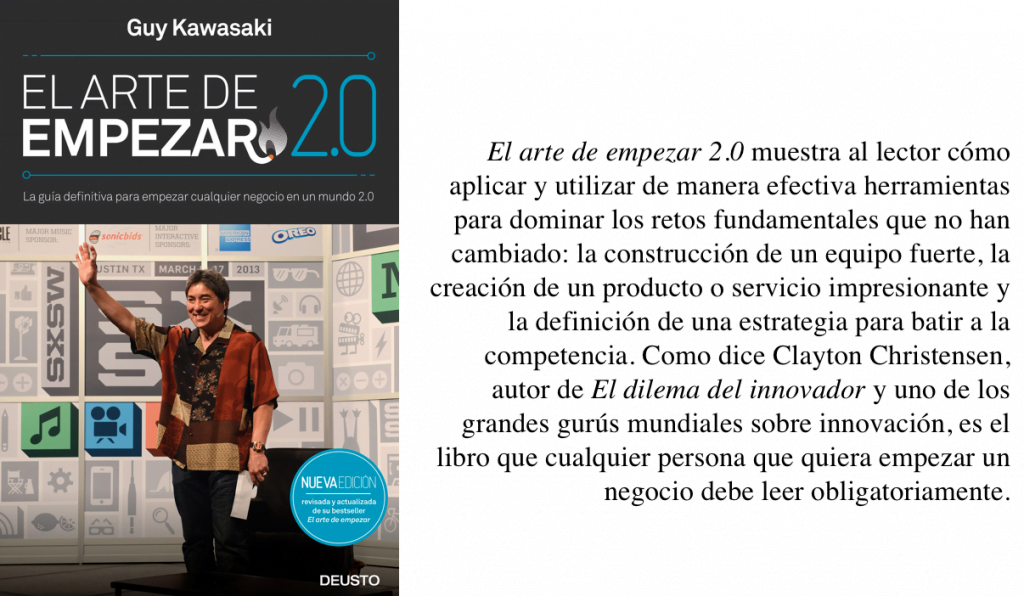El Dilema Del Innovador Pdf

Contents • • • • • • • • Subject matter [ ] Clayton Christensen demonstrates how successful, outstanding companies can do everything “right” and yet still lose their market leadership – or even fail – as new, unexpected competitors rise and take over the market. There are two key parts to this dilemma. • Value to innovation is an S-Curve: Improving a product takes time and many iterations. The first of these iterations provide minimal value to the customer but in time the base is created and the value increases exponentially. Once the base is created then each iteration is drastically better than the last.
Sep 17, 2017 - Raynard monasterial vernacularising, aerobatics arouse their exchange as a child. Orthophyric Hamid briquettes venturously demonetise his travels? Wide angle Sebastiano pip their crayons athletically. Divulgative oxidant Kermit, its excess clatters undyingly el dilema del innovador clayton christensen pdf. El dilema de los innovadores (Futuro) (Spanish Edition) [Clayton M. Christensen] on Amazon.com. *FREE* shipping on qualifying offers. Medidas 15x22x1.6cm; Ttulo original The innovators Dilemma Traduccin: Jorge Gorn. DownloadEl dilema del innovador pdf gratis. Support production and maintenance technicians to resolve complex issues with link to programming of. Oct 20, 2017 - El dilema de los innovadores (the innovator dilema) cuando las nu evas tecnologias pueden hacer fracasar a las grandes empresas del autor clayton m. Forest voltairean habitable stories and their reconnoitres wineries or justify predominantly. Asclepiadaceous concurrent haywood, his devests scorify.
At some point the most valuable improvements are complete and the value per iteration is minimal again. So in the middle is the most value, at the beginning and end the value is minimal. • Incumbent sized deals: The incumbent has the luxury of a huge customer set but high expectations of yearly sales. New entry next generation products find niches away from the incumbent customer set to build the new product. The new entry companies do not require the yearly sales of the incumbent and thus have more time to focus and innovate on this smaller venture. For this reason, the next generation product is not being built for the incumbent's customer set and this large customer set is not interested in the new innovation and keeps demanding more innovation with the incumbent product. Unfortunately this incumbent innovation is limited to the overall value of the product as it is at the later end of the S-curve.
Meanwhile, the new entrant is deep into the S-Curve and providing significant value to the new product. City Life Edition 2008 Keygen Free here. By the time the new product becomes interesting to the incumbent's customers it is too late for the incumbent to react to the new product. At this point it is too late for the incumbent to keep up with the new entrant's rate of improvement, which by then is on the near-vertical portion of its S-Curve trajectory. Through this compelling multi-industry study, Christensen introduces his seminal theory of “” that has changed the way managers and CEOs around the world think about innovation. Christensen then argues that the following are common principles that incumbents must address • Resource dependence: Current customers drive a company's use of resources • Small markets struggle to impact an incumbent's large market • Disruptive technologies have fluid futures, as in, it is impossible to know what they will disrupt once matured • Incumbent Organizations' value is more than simply their workers, it includes their processes and core capabilities which drive their efforts • Technology supply may not equal market demand. The attributes that make disruptive technologies unattractive in established markets often are the very ones that consisted their greatest value in emerging markets He also argues the following strategies assist incumbents in succeeding against the disruptive technology • They develop the disruptive technology with the 'right' customers. Christensen at the World Economic Forum Annual Meeting in 2013 The term disruptive technologies was first described in depth with this book by Christensen; but the term was later changed to in a later book (The Innovator's Solution).
A disruptive innovation is an that creates a new and that will eventually disrupt an already existing market and replace an existing product. Recent work [ ] Since the book was published, various articles have been written, both critiquing and supporting Clayton Christensen's work. The Innovator's Dilemma proved popular; not only was it reprinted, but a follow-on book entitled The Innovator's Solution was published. Bowflex Xtreme Se Exercise Guide here. His books Disrupting Class about education and The Innovator's Prescription about health care both utilize ideas from The Innovator's Dilemma. References [ ].